Does this happen when you open your closet? Here's how to control it
With all due respect to Marie Kondo, it isn’t just about getting rid of things. Here’s what the experts know that you may not.
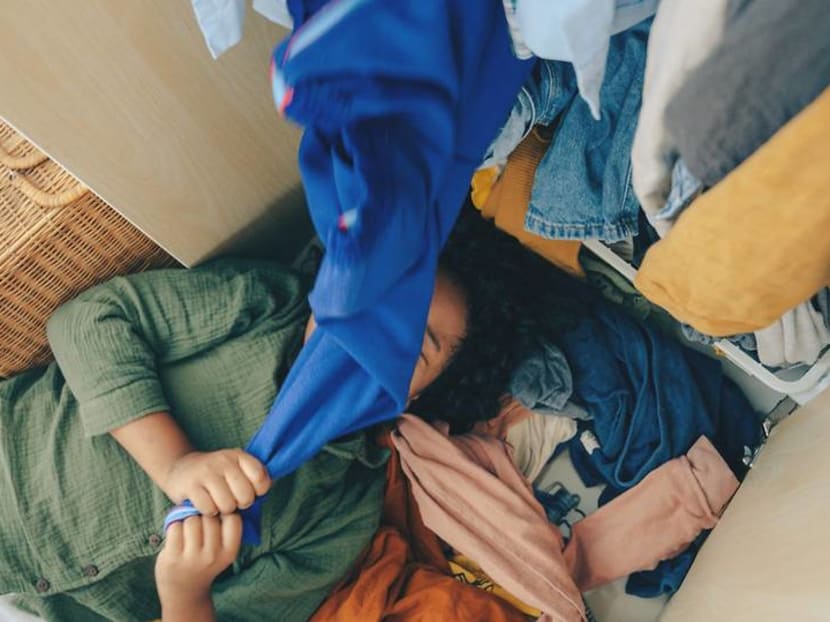
(Photo: Pexels/Ketut Subiyanto)
An overstuffed closet is a daily frustration: Tops falling off shelves, shoes that seem to disappear into a black hole, closet rods cluttered with so many hangers that squeezing even one more in requires herculean strength. So we force the door shut and try to ignore the problem, even as we accumulate more stuff.
But there is a solution – and it isn’t just about getting rid of clothing. If you design your closet to suit your needs, you can maximise space and make your storage more functional.
“A closet should never be an afterthought,” said Jessica Schuster, an interior designer in New York. “Your clothes are an important of your identity and how you present yourself to the world, so I always try to create a space that feels like it’s an extension of the home.”
Of course, that’s easier said than done. Maximising closet space can be so challenging that even professional interior designers like Schuster sometimes call on specialised closet designers or organisation experts to help. “There are some amazing systems and organisation tips and tricks these people can teach you,” she said. “I’ve learned a lot.”
We asked a few of them to share some of their wisdom.
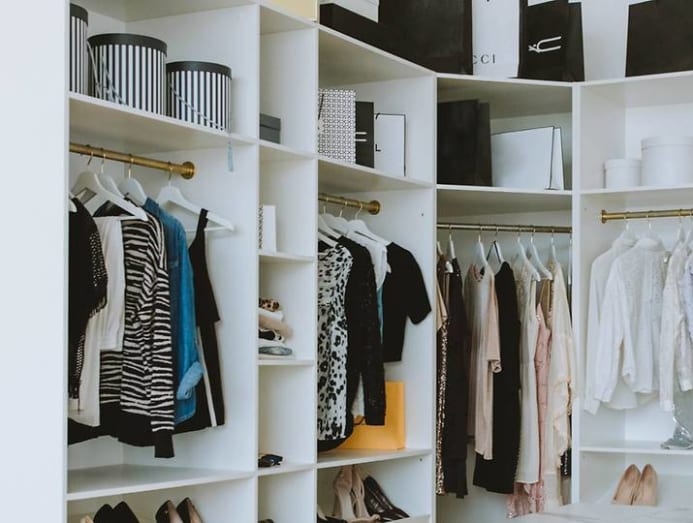
PULL EVERYTHING OUT
You won’t be able to create an efficient closet if you don’t know what you need to organise. “A lot of times, people design their quote-unquote dream closet based on what they want it to look like, rather than starting with what they really need,” said Hanna Baxter, the director of interiors at Horderly Professional Organizing. “That’s when we run into problems.”
So before you buy those nice-looking drawers or baskets, figure out exactly what you need to store. “Pull everything out of your closet, sort it into categories, edit through those categories and get rid of donations and trash,” Baxter said. “Then you can take stock of what you’ve kept.”
READ: How filthy is your workspace since you went on leave? The toilet seat might be cleaner
This doesn’t require extreme decluttering or wasteful purging, but if you have clothing you haven’t worn in more than a year – and it’s not something you’re reserving for special occasions – it’s probably time to let it go.
Lisa Adams, the chief executive of Los Angeles-based LA Closet Design, said she itemises the remaining pieces by creating an inventory on a spreadsheet.
“That means counting and measuring every pair of shoes and every garment,” she said. “Taking inventory is really important so that I know how many pairs of shoes need to go in there, and what the short-hanging to medium-hanging to long-hanging ratio is.”
CONSIDER ALTERNATE STORAGE SPACES
If it looks like you still have too much stuff to fit in your bedroom closet, consider whether some of it could be stored elsewhere.
“If your family is the kind of family where everyone takes their shoes off when they come in the door, maybe you need an entry closet for coats and shoes rather than taking the space of your master closet for things like that,” Baxter suggested.
READ: Your cluttered home could be stressing you out, researchers learn
Or, think about using free-standing furniture for additional storage space. “The easiest thing is to buy a chest of drawers for your bedroom,” said Carolyn Musher, the vice president of sales at California Closets, in New York.
If you’re pressed for space and “you have room for drawers outside of the closet,” she added, “you should not be wasting the space inside of your closet.”
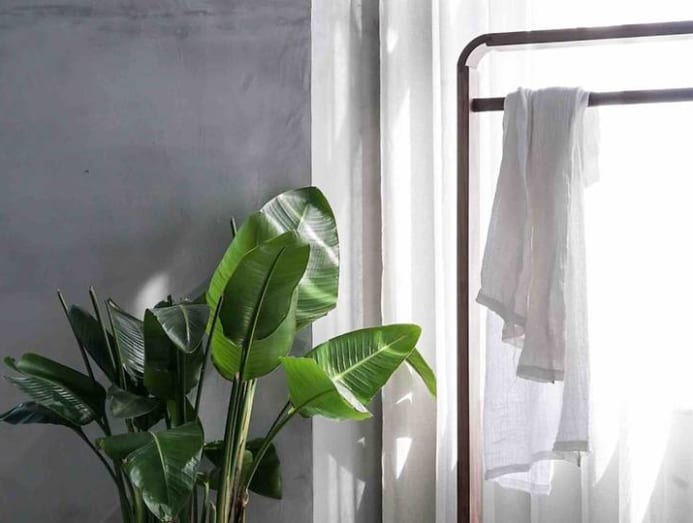
DESIGN THE PRIMARY COMPONENTS
A basic closet with a single hanging rod and one high shelf isn’t doing you much good. “People will have all sorts of stuff piled on the top and falling all over the place, some things hanging and then a bunch of shoes on the floor,” Musher said. “That’s just not a way to live.”
By introducing more rods, more shelves and – if you have the space – a few drawers, you can store more in an orderly way.
Opening the closet door should feel as good as stepping into a store. “The goal is to be able to shop your closet,” Musher said. “You want to be able to walk in and see everything you own,” without digging through piles.
Maximising closet space can be so challenging that even professional interior designers sometimes call on specialised closet designers or organisation experts to help.
Working from your inventory, identify how much space you need for hanging longer items like dresses and shorter items like shirts, while building in a little extra space for new arrivals.
For shorter items, “double-hang is the way to go,” Musher said, “because you really open up the space.”
She typically leaves 100cm to 107cm between the floor and a low rod, she said. Then she adds a shelf above it and measures another 100cm for a higher rod.
Her rule of thumb for other items? “If it doesn’t go on a hanger, it goes on a shelf,” she said. “But if it falls off a shelf, it needs to go in a drawer.”
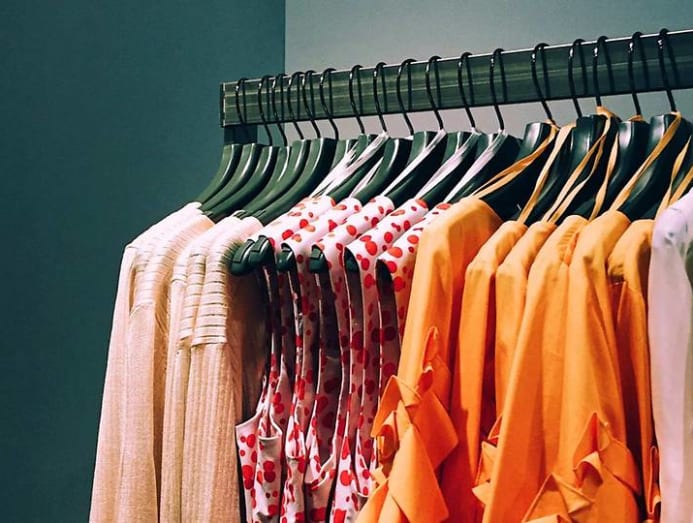
That means most bulky things, like sweaters and jeans, should be folded and stacked on shelves, but underwear, socks, pajamas and T-shirts can go in drawers.
Shelves should be a minimum of 30cm deep, she said, “but ideally, you want your clothing shelves to be 35cm to 40cm deep.”
Closet designers at the Container Store like to use a mix of depths, said Courtney Lomonaco, the store’s contained home operations manager – 30cm for higher shelves, because they’re more difficult to reach (especially in closets that aren’t walk-in), and 40cm for lower shelves, where the extra depth is more accessible.
READ: Useful tips on how to finally get all your photos organised
Adjustable shelves are best, because they can be raised or lowered in the future, but shelves should generally be spaced about 23cm to 28cm apart as they rise, Musher said: “Because if the stack gets too tall, it’s just going to start falling over – and then you’re back to being in a mess.”
MAKE SPACE FOR SHOES AND BAGS
Your shoes don’t have to live in a pile on the floor, or in boxes. Lining them up in rows on shelves will help keep things tidy while making it easier to find what you want to wear.
Although angled shelves are frequently promoted as a solution for shoes, Musher is not a fan. “They’re incredibly inefficient,” she said, because they take up more space than a flat shelf and limit what can be stored. Flat shelves can be spaced close together (or farther apart for boots), and allow more shoes to be stored on each shelf by staggering every other shoe.
If it doesn’t go on a hanger, it goes on a shelf. But if it falls off a shelf, it needs to go in a drawer.
Handbags can also be stored in rows on shelves. But because they have a tendency to fall over, they may need a little extra help. Schuster worked with the Container Store to build an Elfa closet in her Manhattan apartment using clear polycarbonate dividers between her handbags.
“They create a little pocket for everything,” she said, “and keep everything in its place.”
ADD FUNCTIONAL ACCESSORIES
Once the primary components of your closet are in place, there are any number of accessories and extras that can make it easier to use.
Adams, of LA Closet Design, sometimes includes a slide-out surface for folding clothes. She also builds hanging sections in small pockets of leftover space for scarves and jewellery.
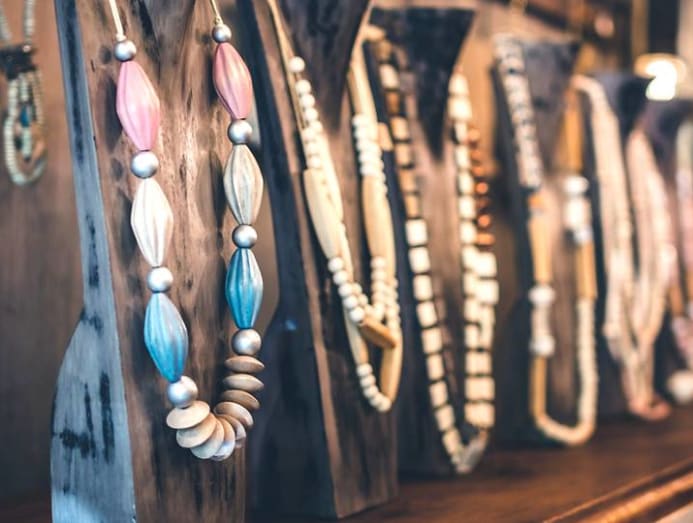
Musher likes slide-out hook systems for belts and ties, and is particularly fond of retractable valet rods that pull straight out to create a hook where you can hang dry-cleaning, a suit jacket or an empty hanger awaiting the return of whatever you’re wearing.
“It’s the thing I always put in every closet, no matter what,” she said. “There are so many uses for it.”
Inside drawers, she adds dividers to keep underwear, socks and bras in separate compartments.
READ: How to declutter emails and other digital communication in your WFH life
The back of the door is oft-forgotten space that can be used to mount a full-length mirror or additional storage. “There are plenty of systems out now where you can do shoe storage on the back of your door, or hold those extra accessories like hats, which really frees up more space inside the closet,” said Fillip Hord, a founder of Horderly.
Sweater boxes are good for storing and protecting out-of-season clothing on high shelves, Lomonaco said. And if you choose clear ones, it will be easy to see what’s inside.
Even your hangers are worth some attention. “Using a slim hanger really helps you fit more in a tiny space,” Lomonaco said. “And having uniformity in hangers really just helps keep a consistent feel throughout the closet.”
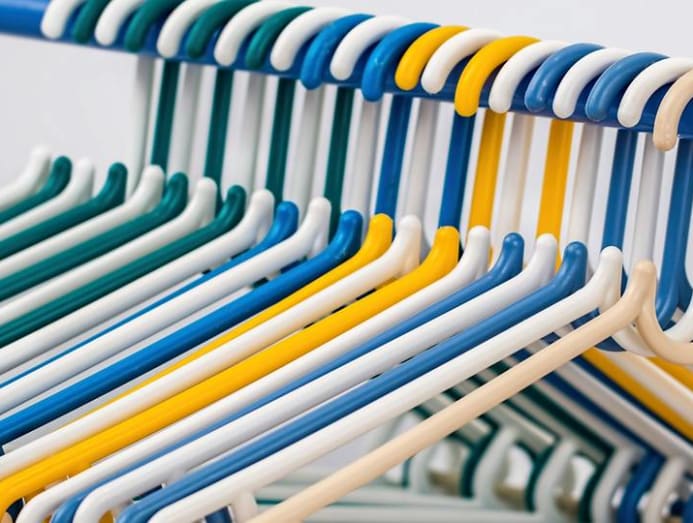
A label maker can also be useful. The organisers at Horderly often label closet-rod dividers, bins and baskets to help their clients keep things organised over time.
FINISH WITH A PERSONAL TOUCH
Closets don’t have to be devoid of personality. Even the smallest ones can be painted a vivid colour, for a little pop every time you open the door. In walk-in closets, it’s often possible to add a small piece of furniture, a rug, art or a sculptural mirror.
Schuster, for instance, painted her walk-in closet blue, mounted framed art on the wall and placed a generous ottoman on a sheepskin rug.
“When you get dressed in the morning, or undressed at night, you want it to feel like home,” she said. “Feeling good in your space is why I do what I do, and the closet is part of that.”
By Tim McKeough © The New York Times



